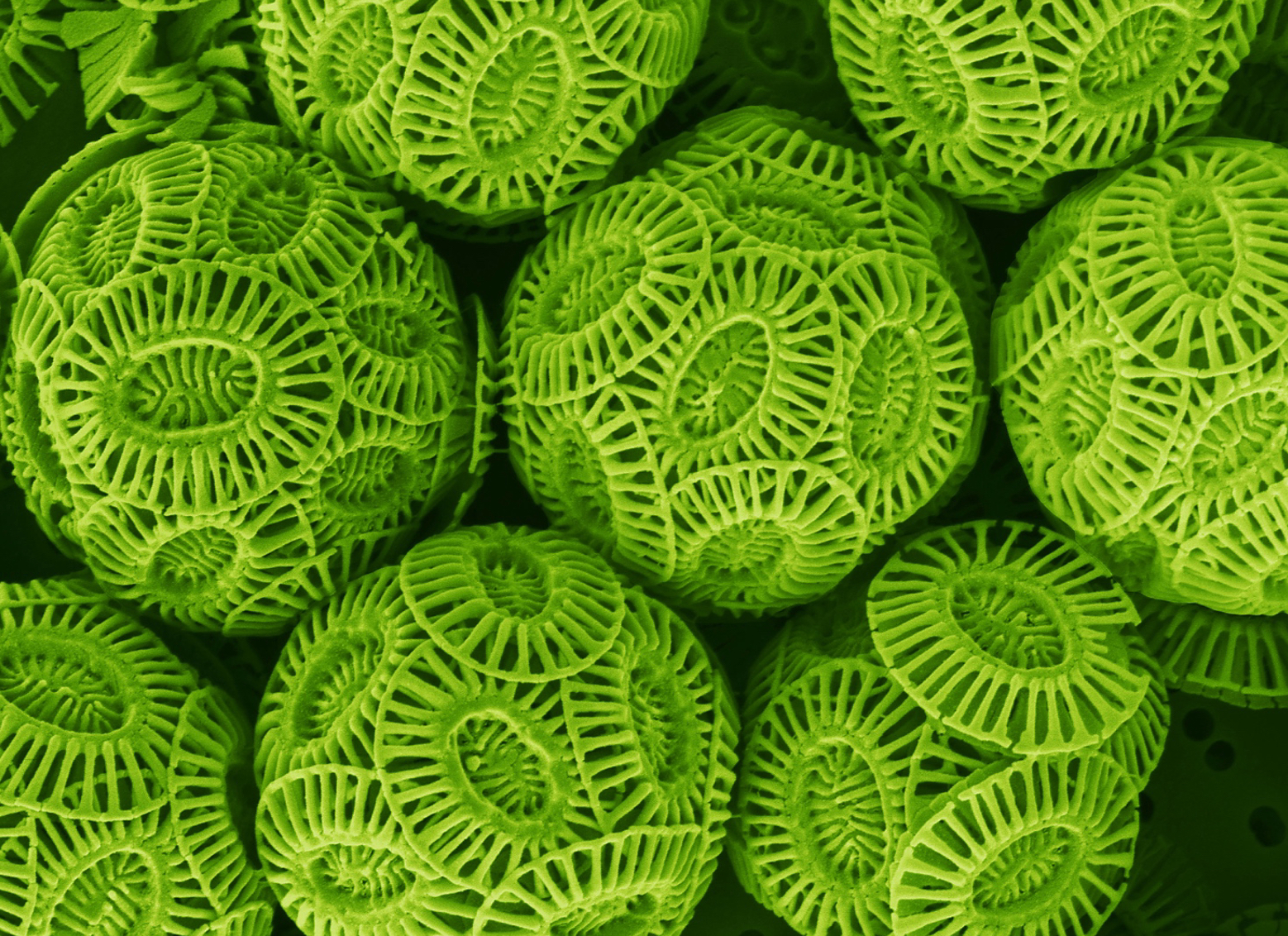With an increase in the Earth’s population, development and industrialization are taking place rapidly and these get the major source of water contamination. Heavy metals are one of the most toxic contaminants of the aquatic ecosystems. Increasing industrialization and anthropogenic activities are causing an increasing pollution in soils and water. More than 100,000 chemicals are used commercially, and many enter the marine environment via atmospheric transport, runoff into waterways, or direct disposal into the oceans. The major chemicals in the liquid fraction are H2S, As, B, Hg and other heavy metals such as Pb, Cd, Fe, Zn and Mn. Moreover, a new source of toxic elements is represented by microplastics, which do not only directly kill marine organisms, but they also release Cd, Pb, Cu, Zn and other toxic metals into the water column.
The oceans cover 71% of the Earth’s surface and represent more than 95% of its habitable environment. Over the last decades anthropogenic pollution has induced rapid and profound alteration in the ocean-atmosphere system. Models projected a 3°C warming of the average surface ocean, a loss of oxygen of the subsurface ocean of 3%, and a decrease in net primary productivity of 8% by the end of the century.
Even nutrients can become harmful!
When dumped into rivers and into the sea in large amounts, agricultural nutrients alter the equilibrium and biological processes of micro-algae with consequent impact on the food chain, oxygen production and C-cycle for instance.
Understanding how the pollution of freshwaters and oceans affects the micro-organisms is an important scientific challenge to find ad-hoc solutions for the mitigation of the effects they generate. #OceanInShape project (Fig. 1) was designed to contribute to this topic by focusing on two algae group, coccolithophores (mostly oceanic phytoplanktonic algae, Fig. 2) and Chlamydomonas reinhardtii (fresh water green algae, Fig. 3).
Figure 2: Coccospheres of Emiliania Huxleyi. Reference: https://www.biointeractive.org/sites/default/files/styles/feature_image/public/Biointeractive/IOTW/iow-chalk-onpg.jpg?itok=lPRnuiOh

Figure 3: Chlamydomonas reinhardtii.
Reference:
http://www.discoverlife.org/mp/20p?img=I_MWS125881&res=mx
These organisms are key to reconstruct the impact of pollutants in land and oceanic settings. Coccolithophores are at the base of the food chain in the oceans, and through calcification, they contribute for up to 10% of global carbon fixation. Chlamydomonas reinhardtii is a robust microalga with the capacity to grow in a broad range of environmental conditions, including industrial or urban wastewater.
Investigation of the effects of some potentially toxic elements on coccolithophores demonstrated that elevated trace metal concentrations affect coccolithophore algae size and/or weight (Faucher et al., 2017a; Bettoni et al., 2023) as well as their elemental composition with changes detected either in coccoliths produced by extant species (Bottini et al., 2020) and fossil ones (Bottini et al., 2023). Smaller coccoliths were detected in E. huxleyi and C. pelagicus, while coccoliths of G. oceanica showed a decrease in size only at the highest trace metal concentrations. P. carterae coccolith size was unresponsive to changing trace metal concentrations (Faucher et al., 2017a). Variations in the average size of fossil coccoliths was also evidenced in correspondence of major perturbation of the ocean-atmosphere system in the geological record mostly in response to changes in nutrient content and input of trace metals (Faucher et al., 2017b, Bottini & Faucher 2020; Bettoni et al., 2023). New results on C. reinhardtii cultured in presence of some toxic elements at the final concentration equal to legal limits for groundwaters evidenced alteration in their growth (Nonnis et al., 2023). Cells were also collected and analyzed by a typical shotgun and label free proteomic approach to identify and quantify proteins differentially expressed among the two different conditions. Proteomics has emerged as a powerful tool for a better understanding of the metabolic responses, tolerance and detoxification mechanisms in microalgae under metal stress.
The results show that there is correlation between the expressed protein pattern and the environmental conditions, confirming the findings of others proteomics works carried out on different aquatic marine organisms.
This research has financially been supported by Piano di Sostegno alla Ricerca SEED_2020 (Università degli Studi di Milano).
References
Bettoni, C., Bottini, C., Castiglione, S., Erba, E., and Raia, P.: Short and long-term size changes of calcareous nannofossil Watznaueria barnesiae across the latest Barremian- late Cenomanian interval (Cretaceous) in the western Tethys., EGU General Assembly 2023, Vienna, Austria, 24–28 Apr 2023, EGU23-7095, https://doi.org/10.5194/egusphere-egu23-7095, 2023.
Bottini, C., & Faucher, G. (2020). Biscutum constans coccolith size patterns across the mid Cretaceous in the western Tethys: Paleoecological implications. Palaeogeography, Palaeoclimatology, Palaeoecology, 555, 109852.
Bottini, C., Dapiaggi, M., Erba, E., Faucher, G., & Rotiroti, N. (2020). High resolution spatial analyses of trace elements in coccoliths reveal new insights into element incorporation in coccolithophore calcite. Scientific reports, 10(1), 9825.
Bottini, C., Dapiaggi, M., Rotiroti, N., Gambacorta, G., Bettoni, C., & Tucoulou, R. (2022). Evidence of manganese incorporation and distribution at the nanoscale in coccolithophore calcite.
Faucher, G., Hoffmann, L., Bach, L. T., Bottini, C., Erba, E., & Riebesell, U. (2017a). Impact of trace metal concentrations on coccolithophore growth and morphology: laboratory simulations of Cretaceous stress. Biogeosciences, 14(14), 3603-3613.
Faucher, G., Erba, E., Bottini, C., & Gambacorta, G. (2017b). Calcareous nannoplankton response to the latest Cenomanian Oceanic Anoxic Event 2 perturbation. Rivista Italiana di Paleontologia e Stratigrafia, 123(1), 159-176.
Nonnis S., Grassi Scalvini F., Maffioli E., Lionetti M. C., La Porta C., Tedeschi G. Negri A. (2023). Abstract. 63°Congresso della Società italiana di Biochimica.


